How Bad Tourism Affects Wildlife Around The World
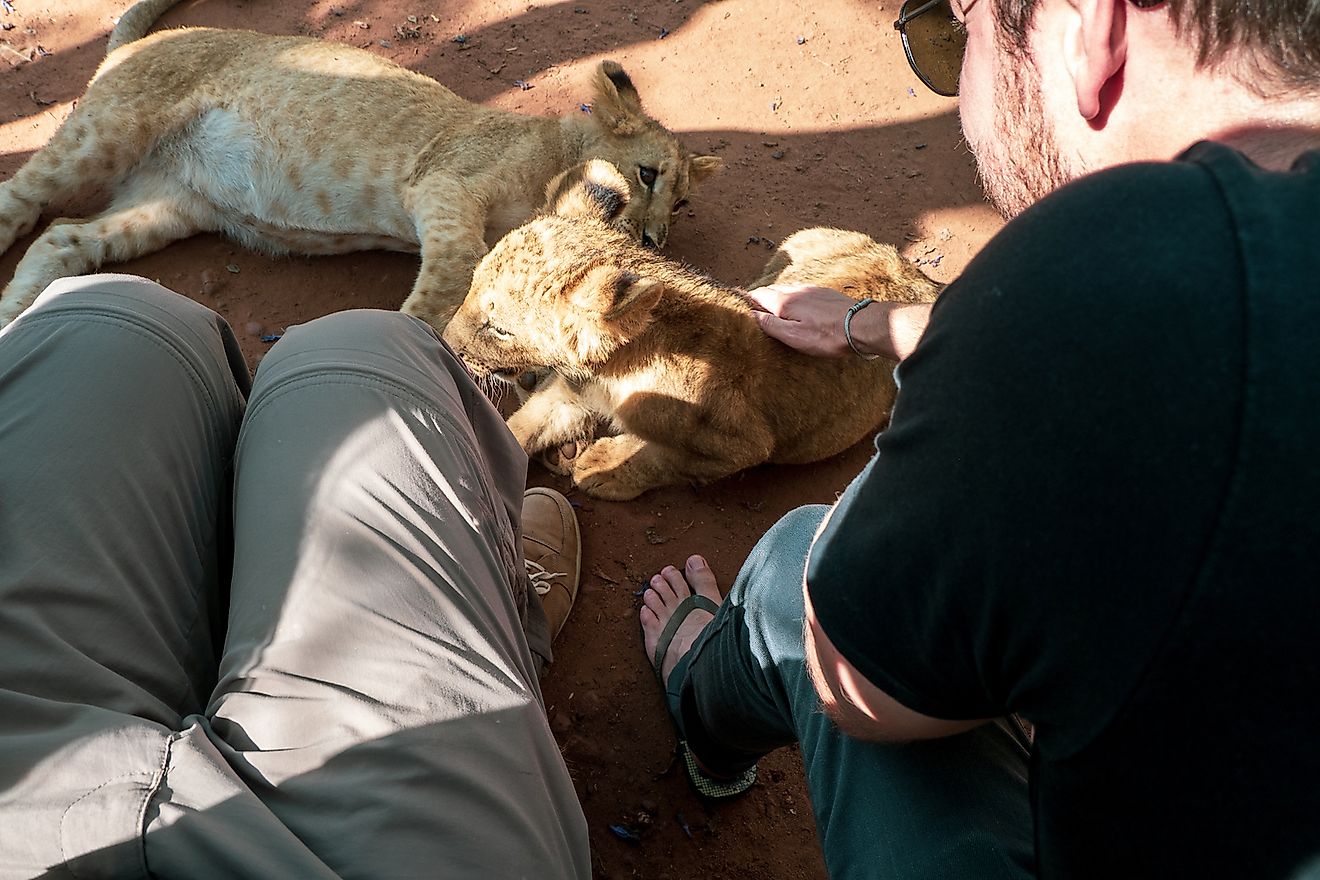
- Wildlife tourism is popular among travelers as it provides an opportunity to get close to species that they would not ordinarily encounter. However, such interactions are often harmful to wildlife.
- Lion cubs are sometimes drugged in order for tourists to take photos with them in South Africa.
- Tourists photographing turtles nesting on beaches often disturbs the nesting process of these animals further threatening their survival.
- Close interactions between humans and wild primates can lead to inter-specific disease transmission.
Wildlife tourism is popular among travelers as it provides an opportunity to get close to species that they would not ordinarily encounter. Popular wildlife tourism activities include safaris, dolphin and whale watching, gorilla tracking, and visiting conservation centers. In recent years there has been a rise in eco-tourism and sustainable travel that aims to protect wildlife and the environment. However, not all areas of the wildlife tourism industry are following suit and many species are at risk due to bad tourism. Read on below to find out which animals are threatened by bad tourist practices.
8. Coral
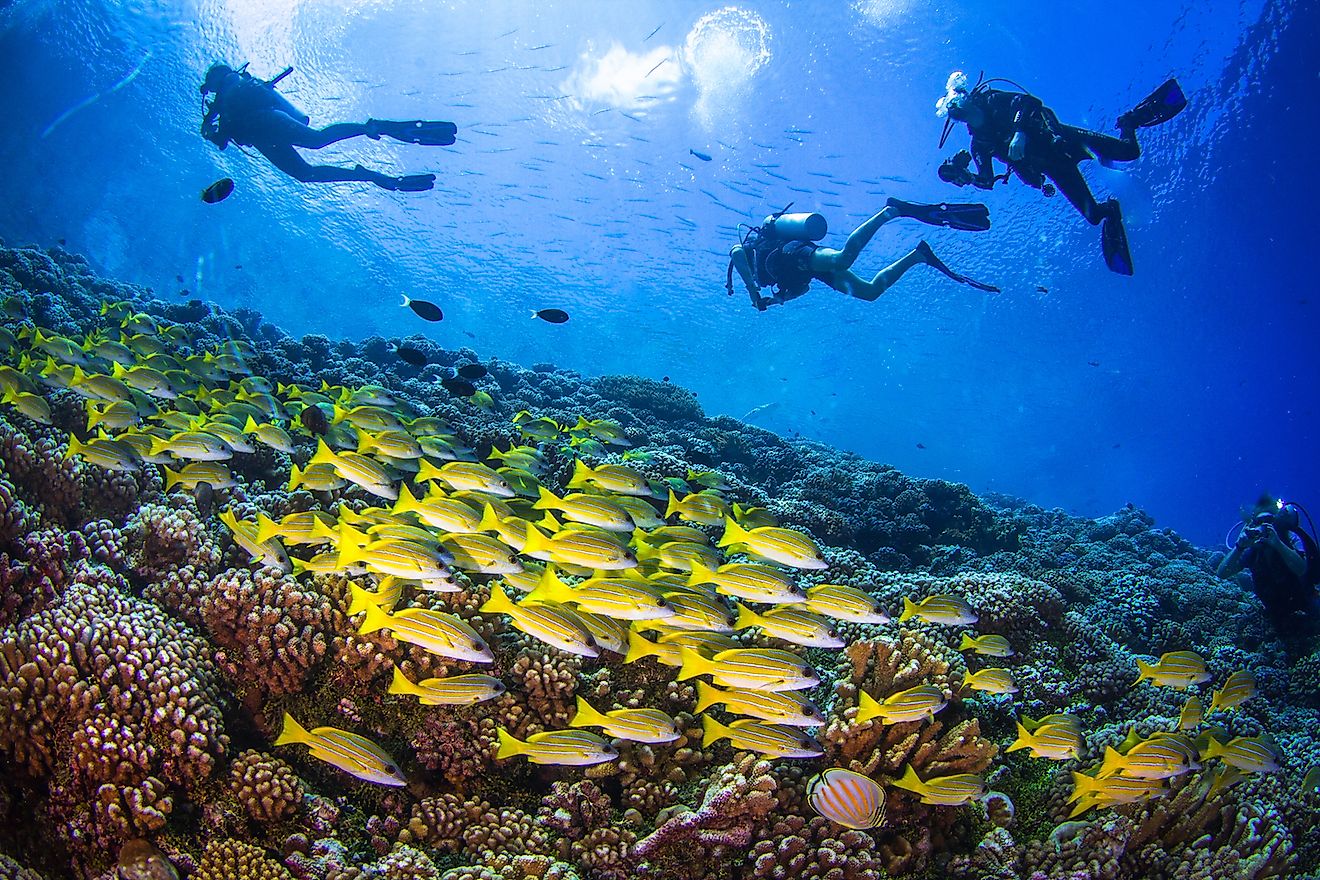
The Great Barrier Reef, located off north-eastern Australia in the Pacific Ocean, is home to 400 types of coral. It is the world’s largest coral reef collection. The tourism industry has had a detrimental impact on the Reef, snorkelers and scuba divers have caused damage to the coral species. When divers explore the area, they sometimes kick up sand and sediment, which smothers the coral causing it to die. Divers and snorkelers may accidentally kick the coral or take a piece as a souvenir - this causes long-term damage to the reef. In 2016, 30% of the Great Barrier Reef perished due to a number of factors, including badly managed tourism. A further 20% was damaged in 2017.
7. Orangutans
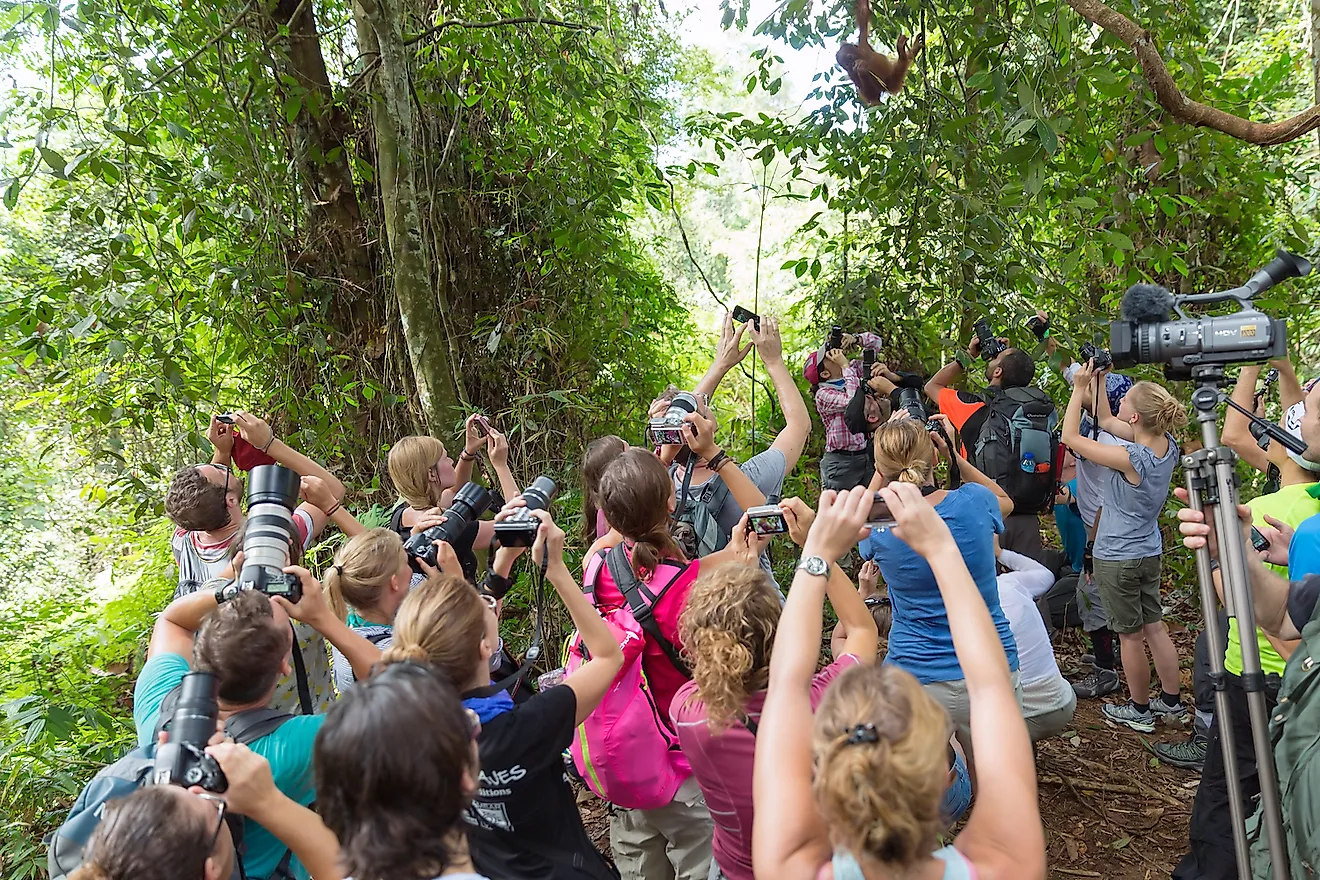
Indonesia is famous for its orangutans, a critically endangered species that are native to the Indonesian island of Borneo and Sumatra. Some tours run excursions into the jungles, where tourists are able to come into close contact with the primates. This can cause many problems for the species. Frequent feeding by tourists causes the orangutans to become aggressive in instances where they are not fed. Feeding the orangutans also puts them at risk of contamination and poor health. The repeated contact with humans has resulted in high infant mortality rates due to diseases and poor motherhood skills, which indicates tourism is having a negative impact on these already endangered animals.
6. Tigers
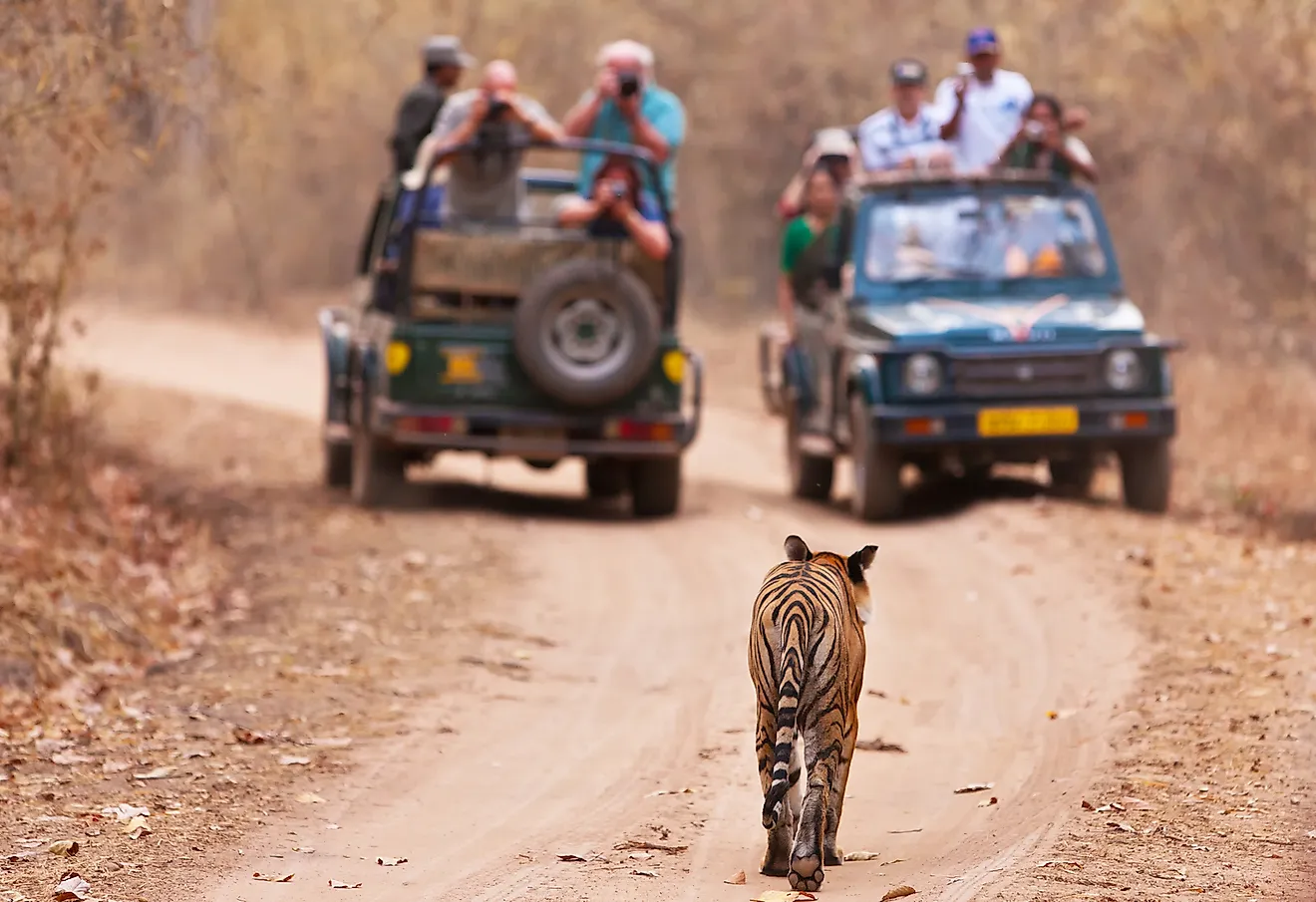
Safaris and game drives are popular amongst tourists as it is an opportunity to see exotic animals in their natural habitat. However, studies have shown that tigers suffer psychological stress due to wildlife tourism. If the animals are subjected to prolonged stress, their survival and reproduction will be at risk. Elevated stress hormones can also negatively impact tigers' growth and immunity. It is important for tourist vehicles entering the parks to be regulated and human disturbances should be greatly minimized to conserve the existence of these already endangered animals.
5. Green turtles
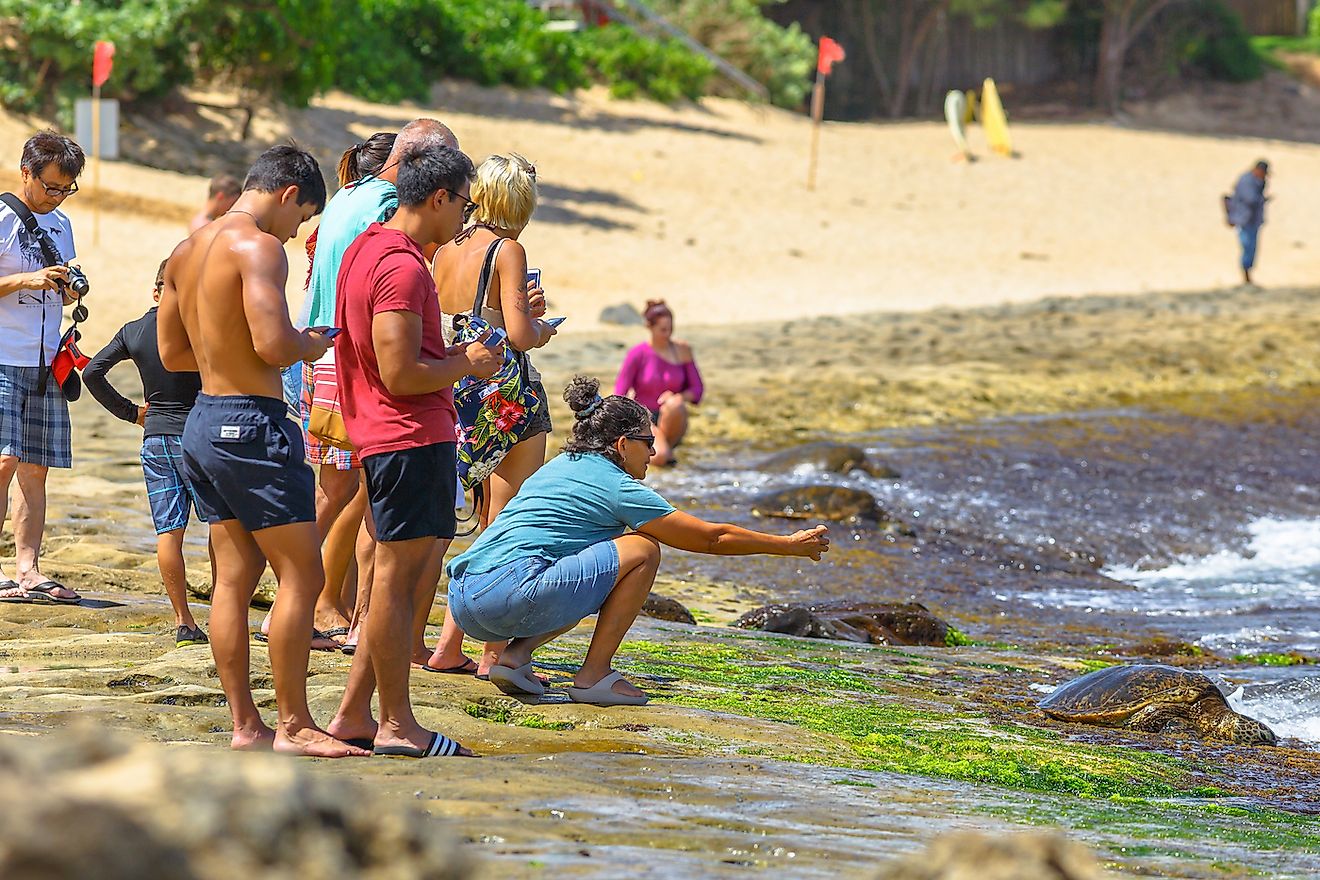
The endangered green turtle can be found in more than 80 countries, including Costa Rica and Australia. Many tourists visit the coastlines to catch a glimpse of the animals, especially during the nesting season, where they can observe the turtles during the day time. However, the large number of tourists concentrated in these areas has a negative impact on the lives of the turtles. Habitat degradation through tourism development is a common occurrence; trash is often left behind on beaches and badly managed tour groups can sometimes harass the nesting turtles. Some unregulated ‘turtle hatcheries’ efforts are also extremely damaging to the green turtle population. They are often run by volunteers, rather than experts, and have incorrect knowledge in regards to the turtles’ life cycles and biology.
4. Dolphins
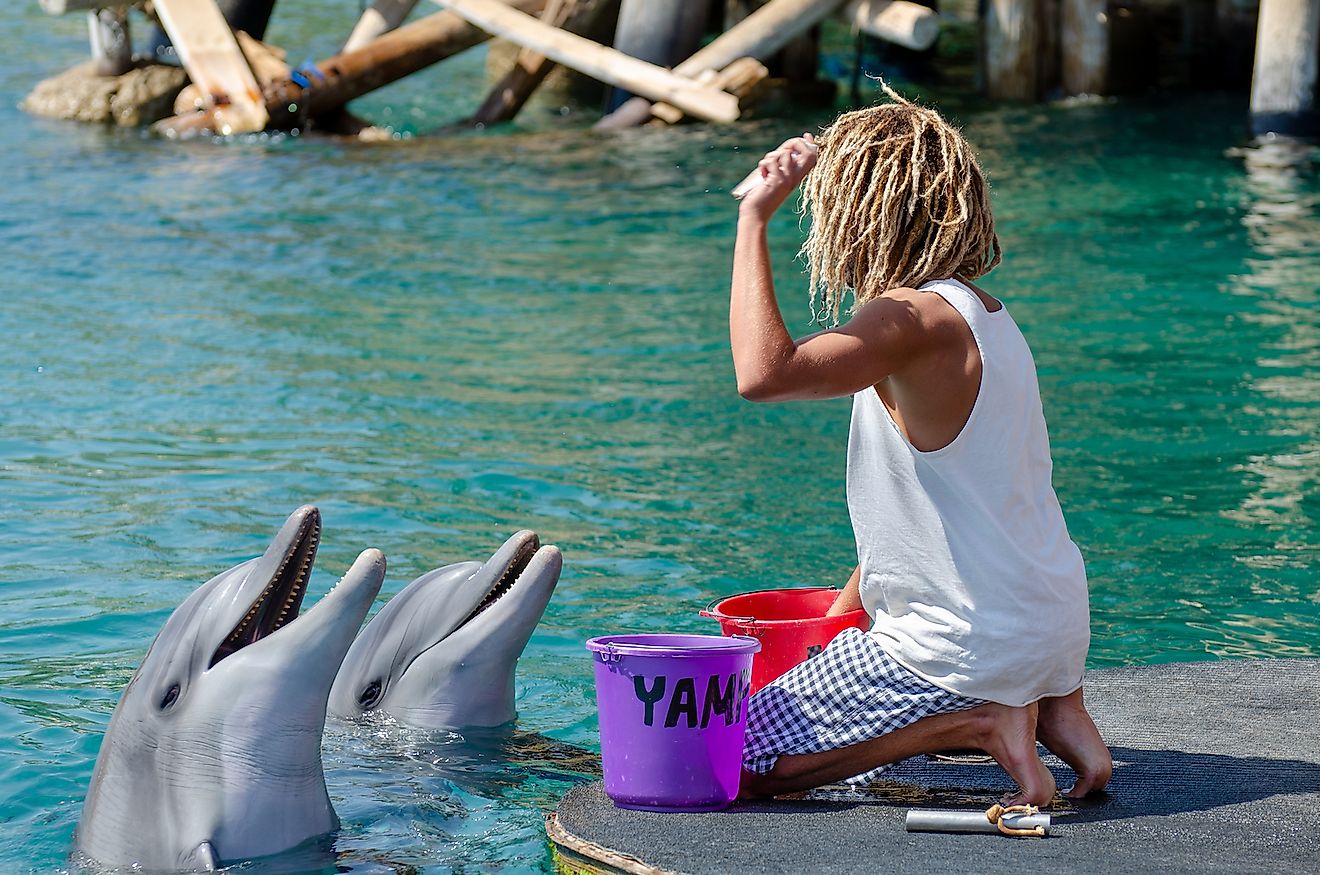
In 2018, research led by the University of Otago found that there is growing evidence to suggest that whale and dolphin-watching activities can have an adverse effect on the animals. Spinner dolphins have been particularly affected as they rest and sleep in shallow waters during the day time. When tourists visit these areas, they disrupt the resting patterns of the dolphins. Repeated sleep and rest loss could eventually cause a decline in population and displacement. Marine parks are also a threat to dolphin populations. Marine parks are a tourist attraction that can greatly impact dolphin populations. The Taji hunt in Japan sees more than 1,700 dolphins either slaughtered or sold to aquariums and marine parks.
3. Gorillas
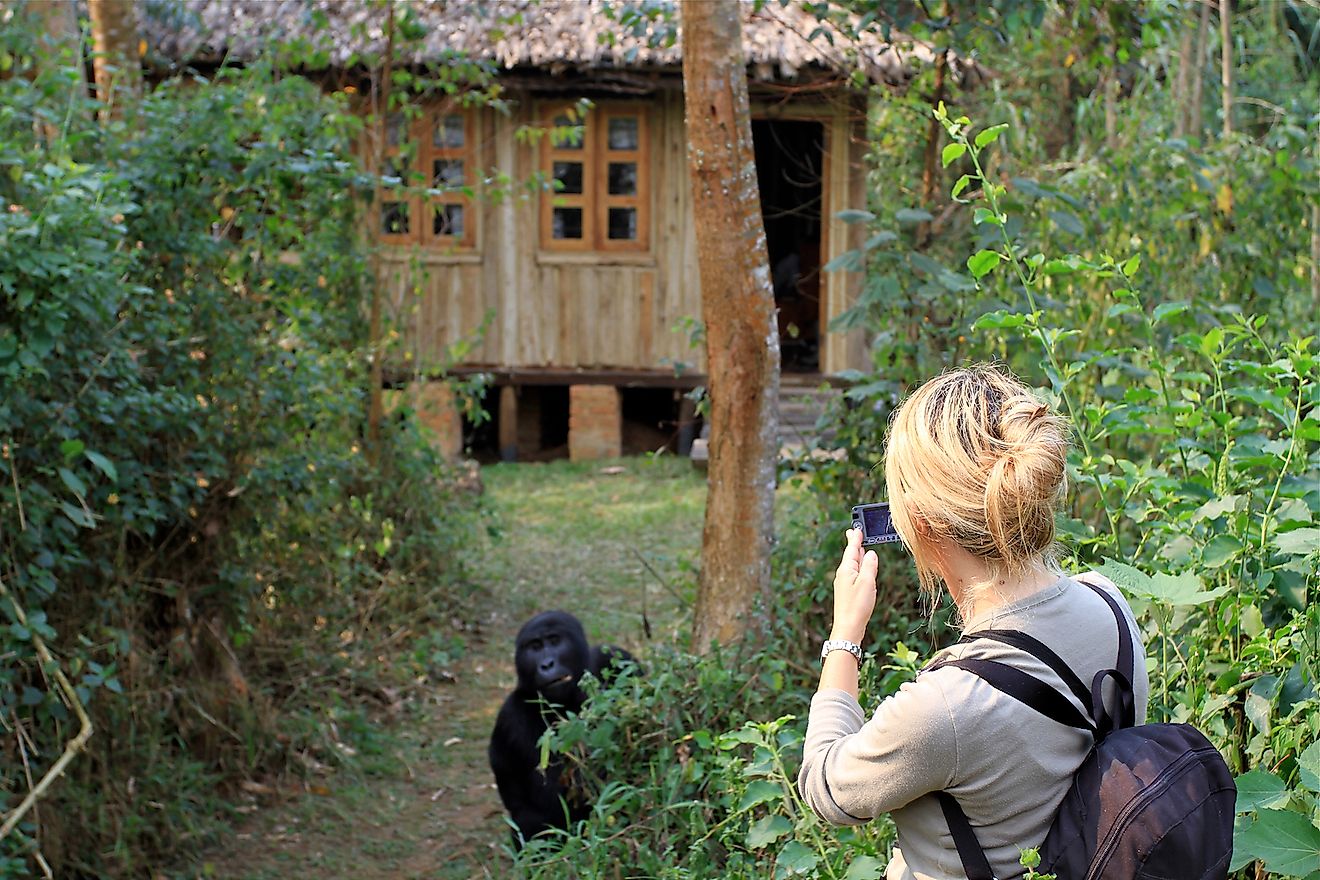
In 2020, a study was published by researchers at Ohio University that showed the risk that tourists pose to endangered mountain gorillas. The mountain gorillas are an endangered species found only in eastern Africa. Around 40% of the remaining mountain gorilla population is found in southwestern Uganda’s Bwindi Impenetrable National Park. The Park attracts tourists from all over the world, but the close proximity between humans and animals is a great risk. Researchers have found that gorillas are particularly susceptible to human diseases and the transmission of respiratory infections causes up to 20% of sudden deaths in gorillas. Poorly managed tour groups do not observe distancing rules; the study found that this rule was violated in over 98% of the examined tours.
2. Lions
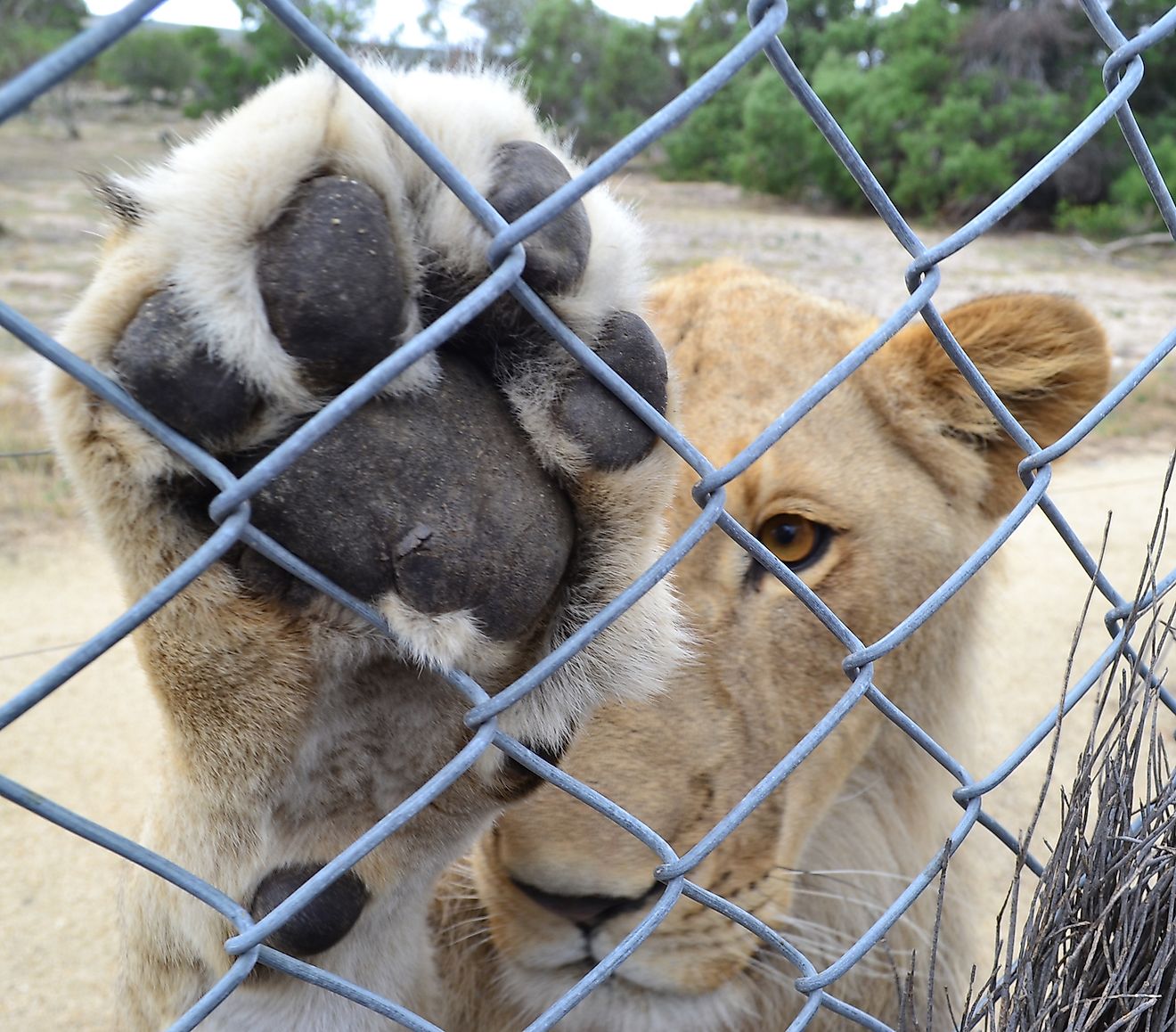
In South Africa, there are more captive than wild lions. Only 32% of the country’s lion population lives in free-roaming wildlife reserves. Lions are bred specifically to be held captive for commercial use, to be used as photo opportunities for tourists wanting a ‘once in a lifetime experience’. Lion cubs are often drugged in order for tourists to take photos with them, but when they become adults, they are too dangerous to have contact with humans and are either euthanized or kept in crowded captive conditions, sold to inhumane zoos or lion farms. These holding facilities have a severe impact on lions’ well-being and have no conservation benefit.
1. Galapagos tortoise
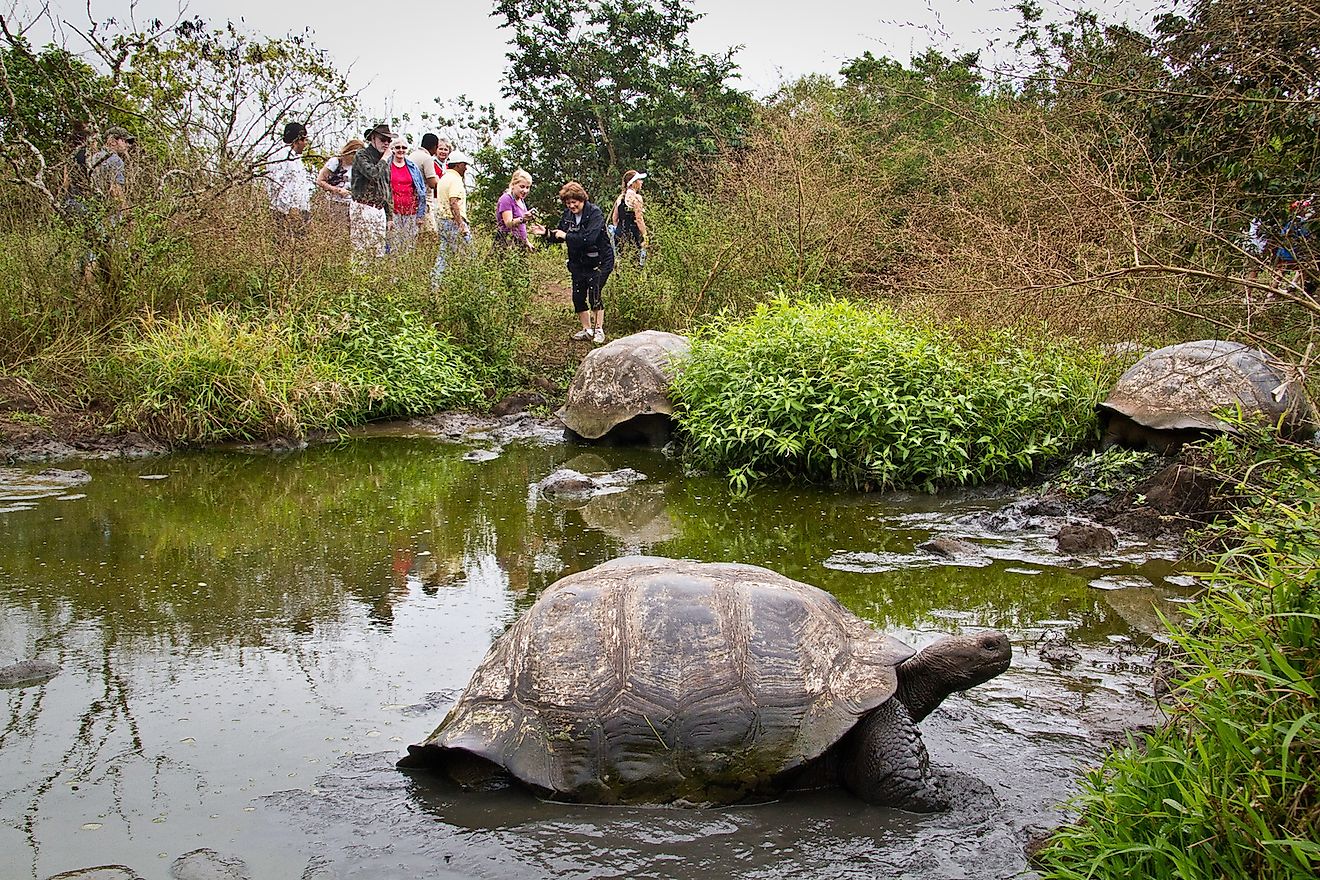
The Galapagos Islands are home to an abundance of wildlife found nowhere else in the world. In recent years, the islands have seen an increase in tourists, which has led to increasing demand for accommodation and subsequent habitat degradation. Tourists leaving litter and the increasing number of ships traveling between the islands and the mainland pollutes the waters and impact marine life. Tourists also unwittingly introduce foreign species to the archipelago, seeds, or spores attached to clothing could create an invasion that threatens the existence of endemic species. The famous Galapagos tortoise is at risk as human interaction alters their behavioral patterns, which has a detrimental impact on the tortoises.











